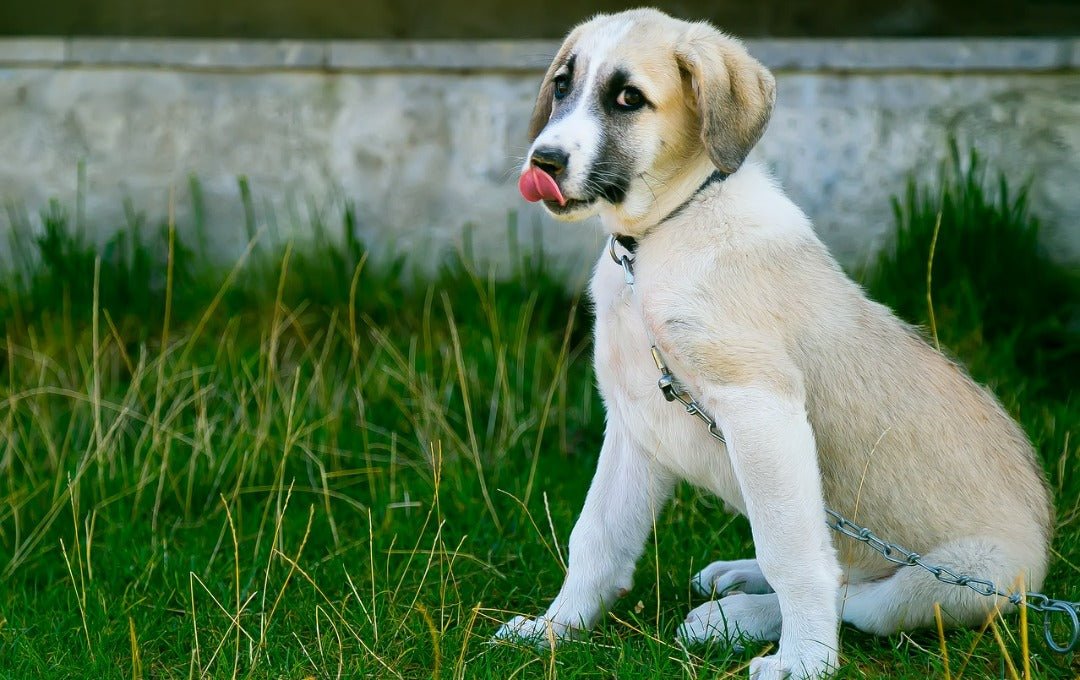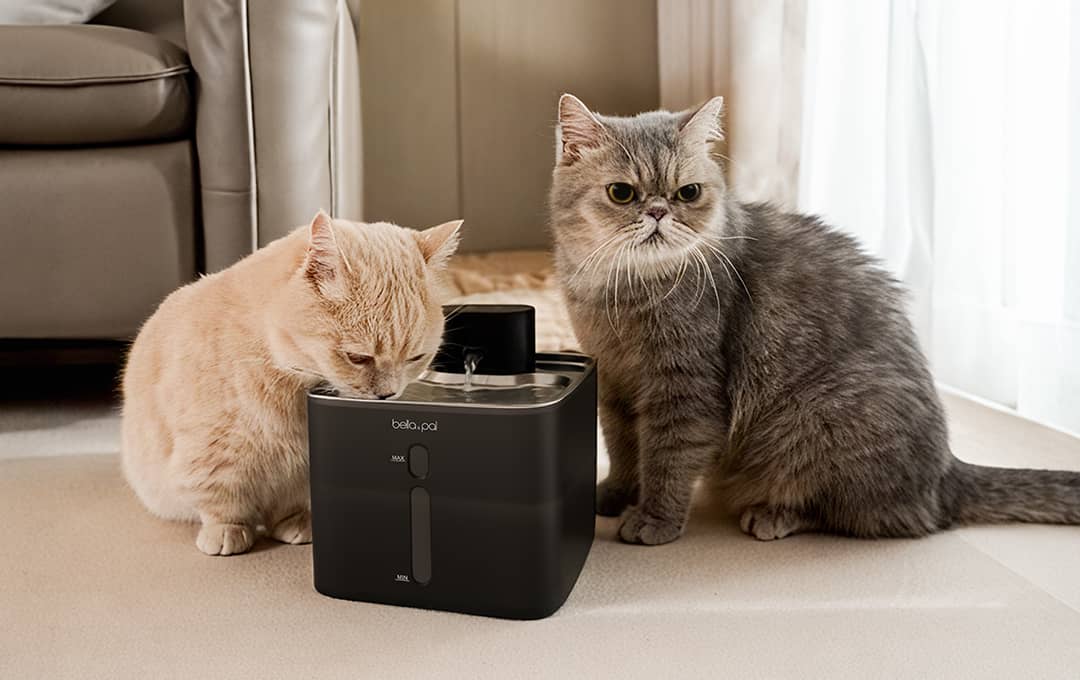How to Read Dog Body Language: What Your Pup is Really Trying to Say

Your dog is talking to you all the time—even though they don't use words.
From a flick of the tail to the position of their ears, your pup’s body language reveals their emotions, intentions, and needs. Learning to "speak dog" can help you build a stronger bond, prevent misunderstandings, and create a happier life together.
So, what is your dog really trying to say?
Let’s dive into the fascinating world of dog body language and learn how to decode their silent conversations.
🐾 Why Understanding Dog Body Language Matters
Dogs evolved alongside humans for thousands of years, but they still communicate primarily like animals—not people.
When we misread their signals, confusion or even fear can happen on both sides.
By learning to notice subtle signs, you can:
-
Recognize when your dog is stressed, anxious, excited, or content
-
Prevent bites or aggressive reactions
-
Help your dog feel safer and more understood
-
Build better training habits and trust
A well-read dog is a well-loved dog.
🐕🦺 The Main Areas to Watch: Head to Tail
Dogs use their whole body to express how they feel. Here’s what to pay attention to:
| Body Part | What to Watch For |
|---|---|
| Eyes | Shape, gaze direction, amount of white showing |
| Ears | Position (forward, sideways, back) and movement |
| Mouth | Open, closed, tense, relaxed, panting, lip licking |
| Tail | Height, movement speed, direction |
| Body Posture | Stiff, relaxed, crouched, leaning |
| Fur | Raised hackles (the hair along the back) |
| Movement | Pace, bounce, freeze, trembling |
Reading dog body language means noticing the full picture—not just one signal at a time.
🐶 Common Dog Body Language Signals (and What They Mean)
🧡 Relaxed and Happy
-
Loose, wiggly body
-
Soft eyes, maybe blinking
-
Ears in natural position
-
Tail wagging slowly or in wide arcs
-
Open mouth, relaxed tongue
What it means:
"I'm happy, comfortable, and ready for cuddles or play!"
🚨 Anxious or Nervous
-
Ears pulled back
-
Tail low or tucked
-
Licking lips when there's no food
-
Yawning (as a stress signal, not sleepiness)
-
Looking away or avoiding eye contact
-
Slight trembling or cowering
What it means:
"I'm unsure or uncomfortable. Please go slow and give me space."
🐾 Bella & Pal Tip: Recognize early stress signs to prevent fear-based reactions.
A calming walk, gentle words, or a favorite toy can help ease anxiety.
😬 Fearful or Defensive
-
Tail tightly tucked
-
Body low to the ground
-
Showing teeth without a relaxed mouth
-
Growling, stiffening
-
Whites of the eyes showing (called "whale eye")
What it means:
"I’m scared. I might defend myself if I feel trapped."
🐾 Important: Never punish a fearful dog—this can make fear worse.
Instead, help them feel safe, remove the source of fear if possible, and use positive reinforcement.
💥 Aggressive or Threatened
-
Body stiff and forward
-
Tail high and rigid
-
Ears pinned forward or back
-
Intense staring
-
Growling, snarling, snapping
What it means:
"I'm feeling very threatened and ready to protect myself."
🐾 Remember: Aggression is usually a last resort after fear, stress, or frustration builds up. Recognizing earlier warning signs can help prevent escalation.
🎾 Playful and Excited
-
Play bow (front legs down, butt in the air)
-
Wagging tail, full-body wiggles
-
Barking in short bursts
-
Quick, darting movements
-
Open mouth, panting lightly
What it means:
"Let’s play! I'm full of energy and in a great mood!"
🐾 Fun Fact: The play bow is like a friendly invitation—dogs use it to show that anything that happens next (like mock-chasing or wrestling) is all in fun.
👀 How Context Changes the Message
Dogs' signals don't happen in a vacuum—the situation matters.
For example:
-
A wagging tail could mean excitement, friendliness, or even tension depending on the tail's height and speed.
-
A yawn could mean tiredness—or stress, if it happens during a tense moment.
Always look at the full combination of tail, ears, mouth, posture, and the environment before interpreting your dog’s feelings.
🛑 Dog Signals You Should Never Ignore
Some signals mean your dog is saying, "Please stop," or "I need help."
Take these signs seriously:
-
Growling (not "bad behavior," but communication)
-
Showing teeth with a stiff face
-
Tail tucked tightly
-
Repeated lip licking or yawning in a stressful moment
-
Trying to hide, escape, or freeze completely
Respond by giving them space, removing stress triggers, or seeking help from a positive-reinforcement trainer if needed.
🧡 Building Better Communication With Your Dog
The more you observe your dog without judgment, the better your relationship will become.
Here’s how you can help your dog feel heard:
-
Reward relaxed body language with praise or treats
-
Respect their signals instead of forcing interactions
-
Create a safe, calm environment where your dog can relax
-
Stay consistent with positive reinforcement training
-
Keep learning! Every dog is an individual with their own "dialect"
At Bella & Pal, we believe that understanding our dogs makes life richer, happier, and more meaningful—for both pets and humans.
🛍️ Products That Help Dogs Communicate Comfortably
Support your dog's comfort and security with Bella & Pal essentials:
-
Smart Pro Dog Harness: designed to give dogs freedom without pressure on their neck, perfect for reading subtle body cues
-
OxyMesh Cooling Harness: keeps your dog cool and stress-free on hot days
-
Adjustable Martingale Collars: gentle correction without discomfort
-
Soft, breathable dog clothes: for seasonal comfort without restriction
Explore Bella & Pal’s full collection online—and help your dog feel their best, every day.
Dogs may not speak English, but they’re incredibly expressive once you know how to read the signs.
Understanding your dog's body language isn’t just about preventing problems—it’s about building a beautiful, trusting relationship.
When you "listen" to your pup's silent voice, they’ll love you for it.

 Subscribe & Get 10% Off Your First Order
Subscribe & Get 10% Off Your First Order




Leave a comment